In the early days of my interest in Leica, what I found particularly curious was just how many 50mm lenses its users had. It used to be so simple – at first you want a lens that’s going to cover all bases, then you start thinking about lenses for particular purposes. What usually gets you over wanting an all-purpose lens is the speed. It gets you over the pursuit of sharpness too, who cares about corner sharpness when you’ve got an f/1.4 lens. And you think as long as you’ve got the fastest lenses you can afford for each type of photography you want to pursue, you’re all set. Why have multiple seemingly similar lenses?
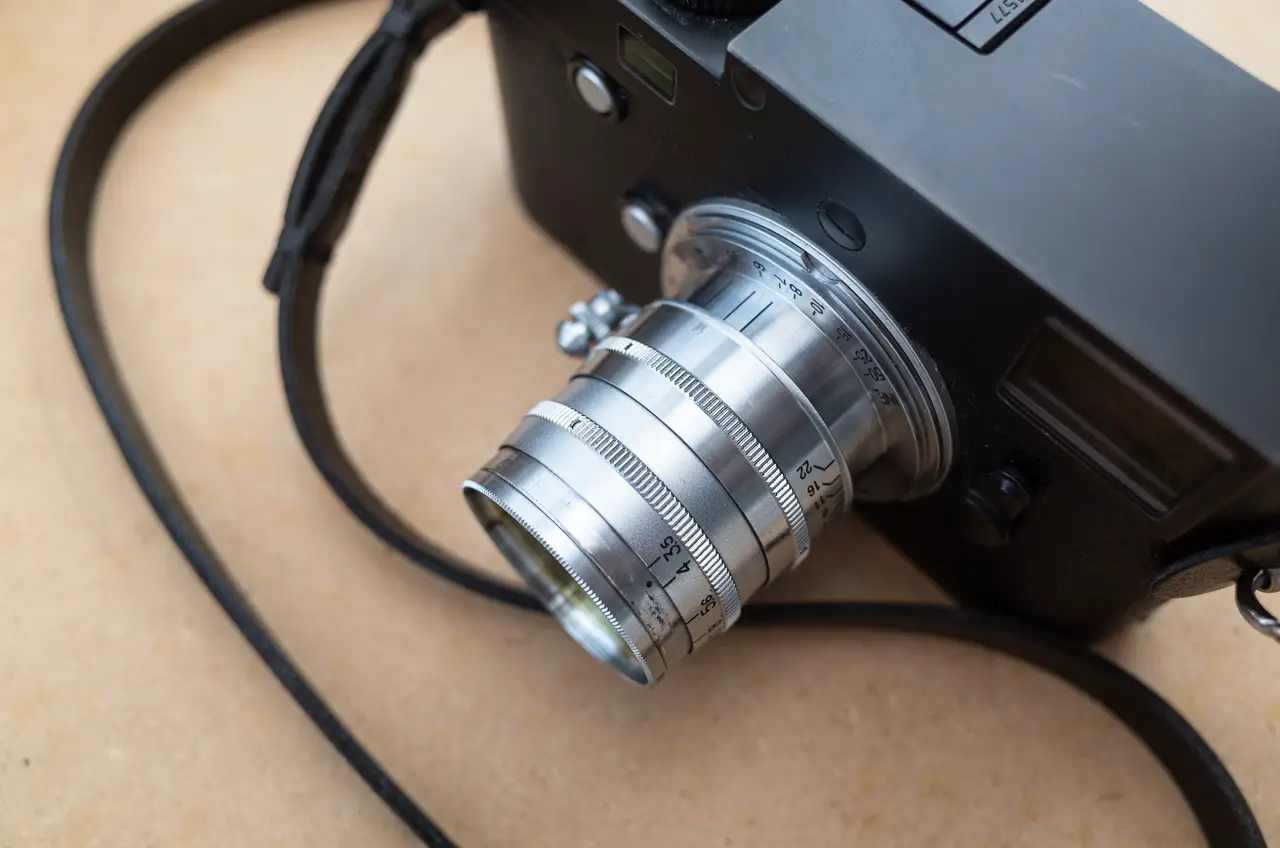
My first lens for Leica was a 50mm one, and the second was a 50mm one too. I no longer have either but I have multiple other 50mm lenses. Why? No idea. To quote George Costanza in one of Seinfeld’s more memorable episodes, “The Contest” – “Because it’s there!” Maybe it’s because there’s just so many of them, way more than in any other system, especially if you consider M-mount and LTM together. At some point it stops being about the best, sharpest, fastest either. It’s about those you haven’t tried yet. Why even consider lenses you’d have sneered at 10 years ago? Maximum aperture of f/3.5 – seriously? Yet here I am, reviewing a slow 50mm.
Background
The rigid version of the Nikkor-Q.C 5cm f/3.5 was the last incarnation of this lens. Earlier versions had the same optical formula but were collapsible, and while those earlier versions were made for both Nikon’s S mount and LTM, as far as I know the rigid one was only ever available in LTM. It’s not to be confused with the Micro-Nikkor 5cm f/3.5, a much more expensive lens that was Nikon’s first macro lens. This was Nikon’s humble, affordable “kit lens” shipped with the Nicca camera bodies. It was made for a short period of time in the mid-50s. Strangely enough, these days it seems to be cheaper and easier to find than the collapsible copies that were in production for much longer.
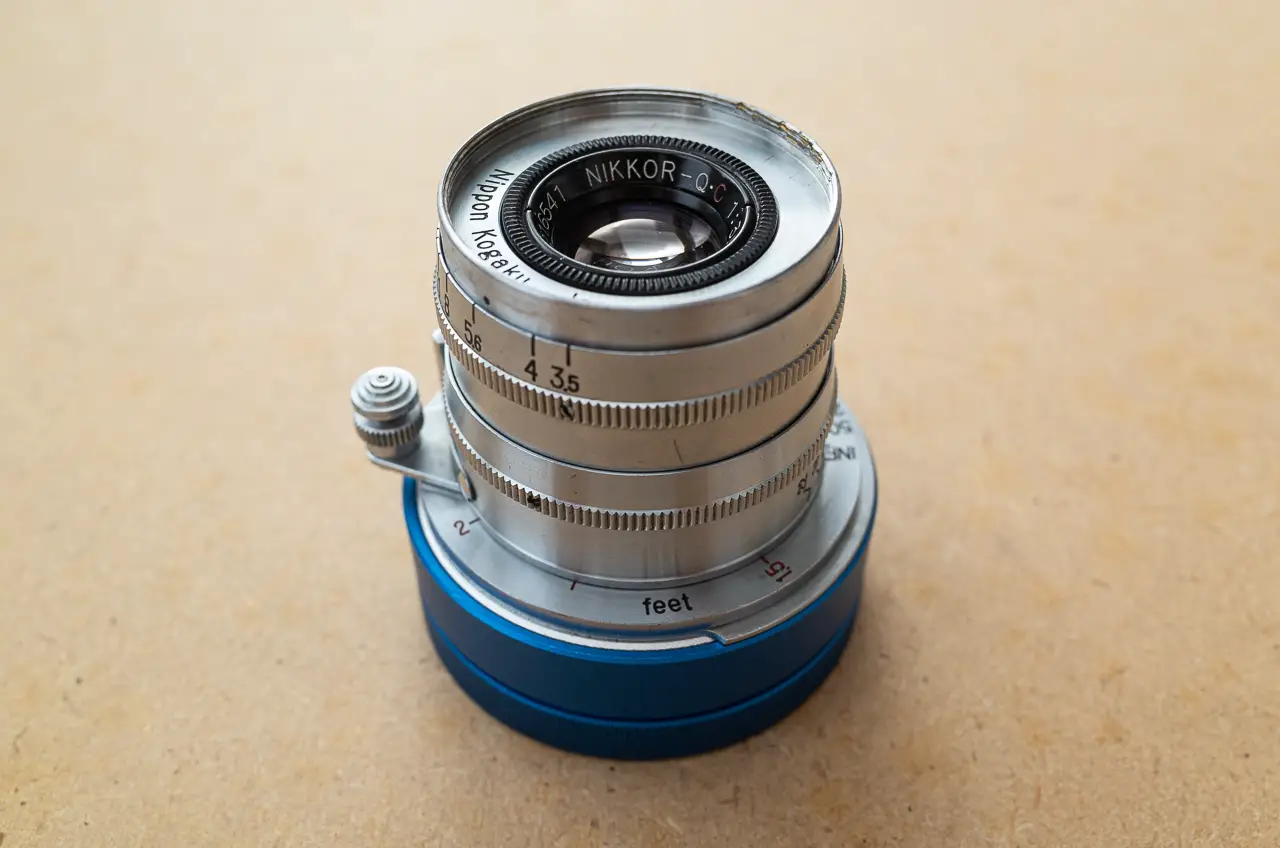
The optical formula used here, utilised by Nikon in their lenses since the mid-30s, is Tessar. It’s a simple 4 elements in 3 groups design, hence the letter Q in the name. The letters in old Nikon lenses (rangefinder ones and pre-AI F mount ones) indicate the number of elements so you can have a rough idea of their construction at a glance. U (uni) means one single element, B (bi) 2, T (tri) 3, Q (quadra) 4, P (penta) 5, H (hexa) 6, S (septa) 7, O (octa) 8, N (nona) 9, and finally D (deca) indicates 10 elements.
The rigid version of the Nikkor-Q.C 5cm f/3.5 had some significant improvements compared to the collapsible one, mainly an f/22 minimum aperture vs the earlier f/16, and an additional rangefinder-uncoupled close focus range between 3.5ft and 1.5ft. This wasn’t Nikon’s only lens that allows you to focus significantly closer than 3.5ft/1m, both the f/2 and f/1.4 50mm lenses in LTM also did. For the S-mount the minimum focusing distance was always limited to 0.9m due to the focusing helicoid being part of the camera body rather than the lens.
Build and handling
While collapsible 50mm f/3.5 lenses are among some of the smallest normal lenses, even in extended position, this rigid version of the Nikkor-Q.C 5cm f/3.5 is surprisingly bulky. It’s still quite a small lens but not something I’d describe as tiny. It’s an inch and a half (3.8cm) long and ever so slightly wider than that at its widest. It extends by about 0.5cm when focused at its minimum distance.
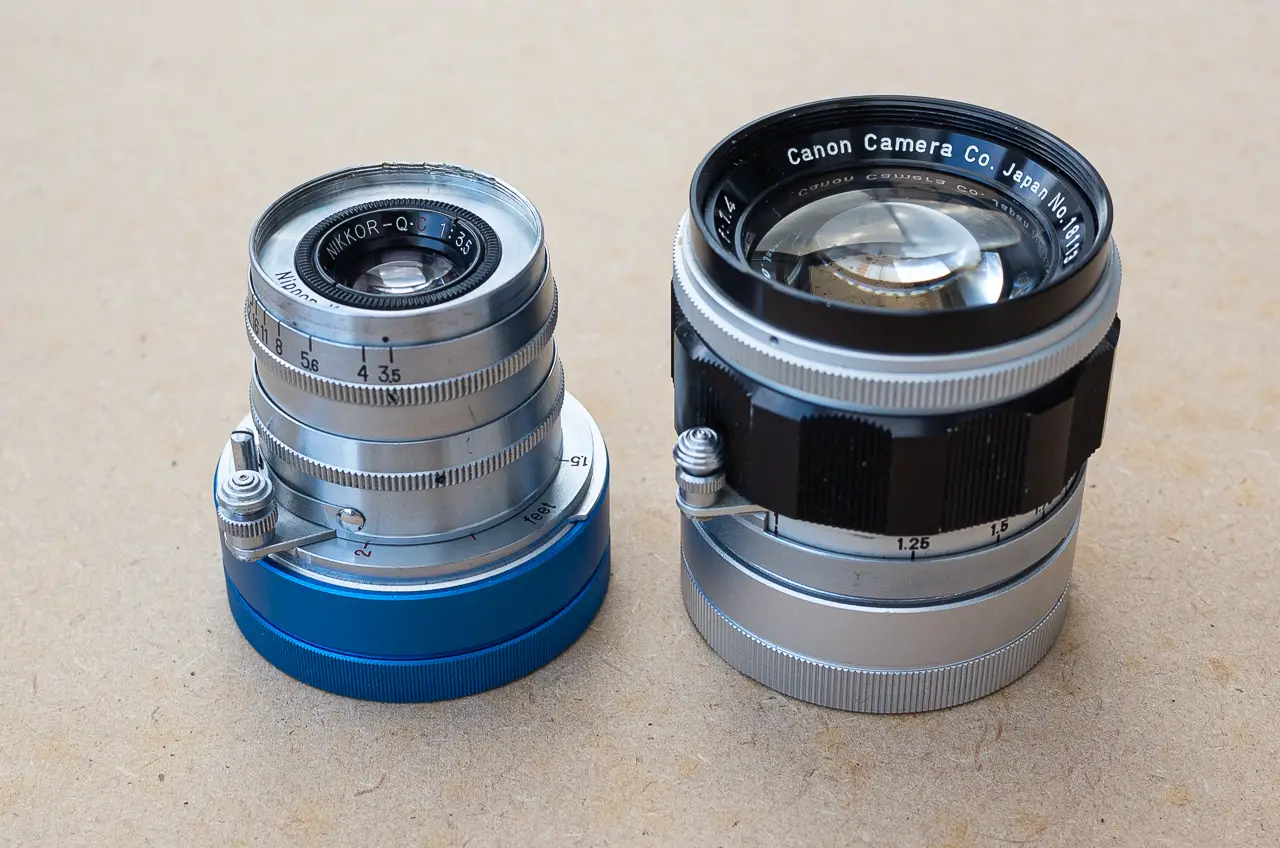
Speaking of, the Nikkor-Q.C 5cm f/3.5 is rangefinder-coupled down to 3.5ft/1m. The focus throw up to that point is about 120 degrees. It then has a small speed bump indicating you are now operating in the uncoupled range that extends down to 1.5ft. Besides the infinity lock, the lens is also equipped with a pin that stops the lens from being focused past both ends of the focus range, making the full focus throw just shy of 360 degrees. Distance markings in the close focus range are marked in red, the rest are in black. There’s also an infra-red focus indicator.
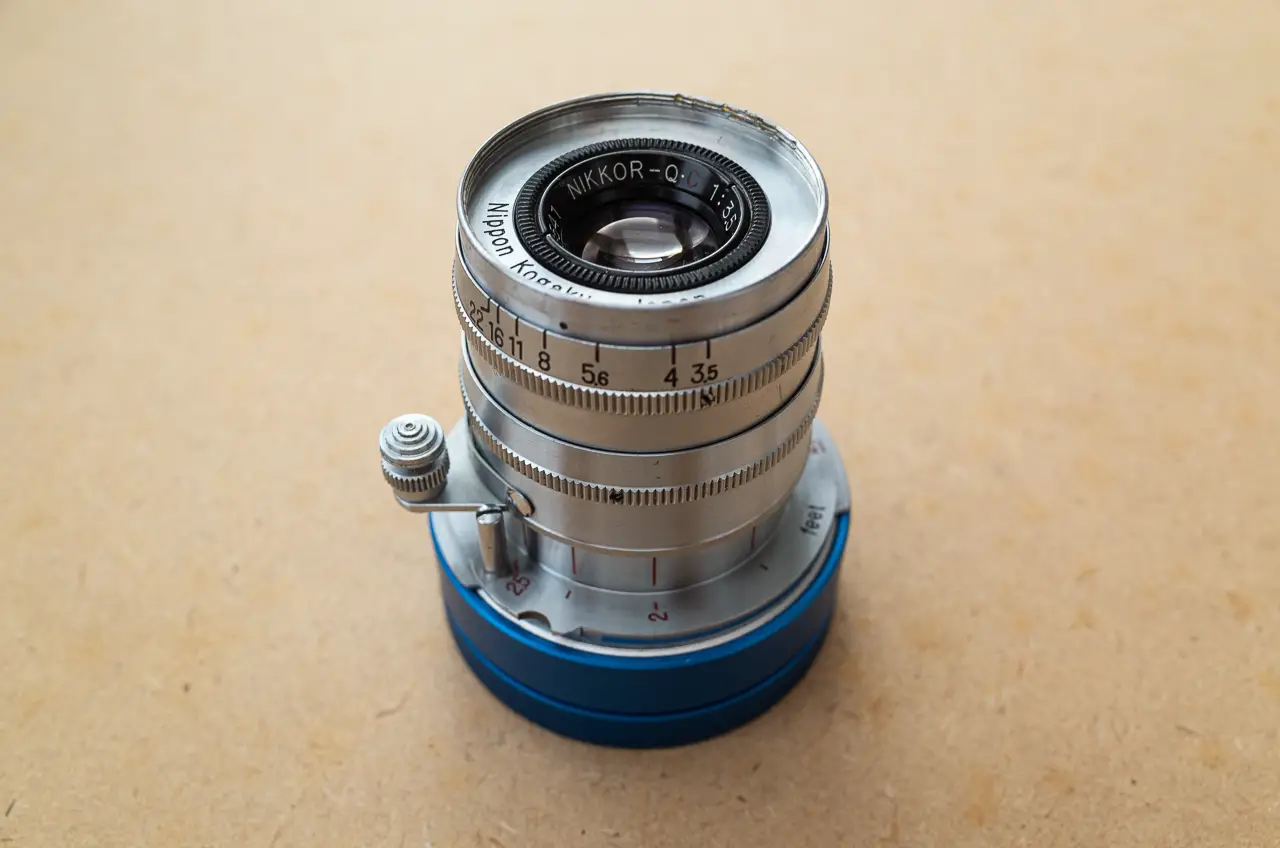
The clickless aperture stops down to f/22. It has 12 slightly curved blades. The lens takes the illusive 34.5mm filters as well as the much more common A36 clamp-on filters and accessories, similarly to some of the other Nikkor lenses I’ve reviewed in the past.
The build quality is exceptional and nothing about it feels like a budget option. The Nikkor-Q.C 5cm f/3.5 is made of brass and feels very solid and appropriately heavy. Both the focus and aperture rings are buttery smooth, so much so that I was genuinely worried when I recently sent it off to be CLA’d that the modern synthetic lubricants will spoil its feel. Needlessly, now I can focus it with the tip of my finger. Furthermore, I really like the chrome finish that alternates between gloss and satin.
Use on Leica M
Just as in any other LTM lens, the rangefinder coupling is compatible with Leica M bodies, both film and digital. All you need is a simple adapter, ideally one that brings up the 50 and 75mm framelines (some older adapters that are marked 28-50 also bring up these framelines and not the 28mm ones). Remember that the lens has an infinity lock so you’ll need to either get an adapter with a cutaway or modify/disable the infinity lock.
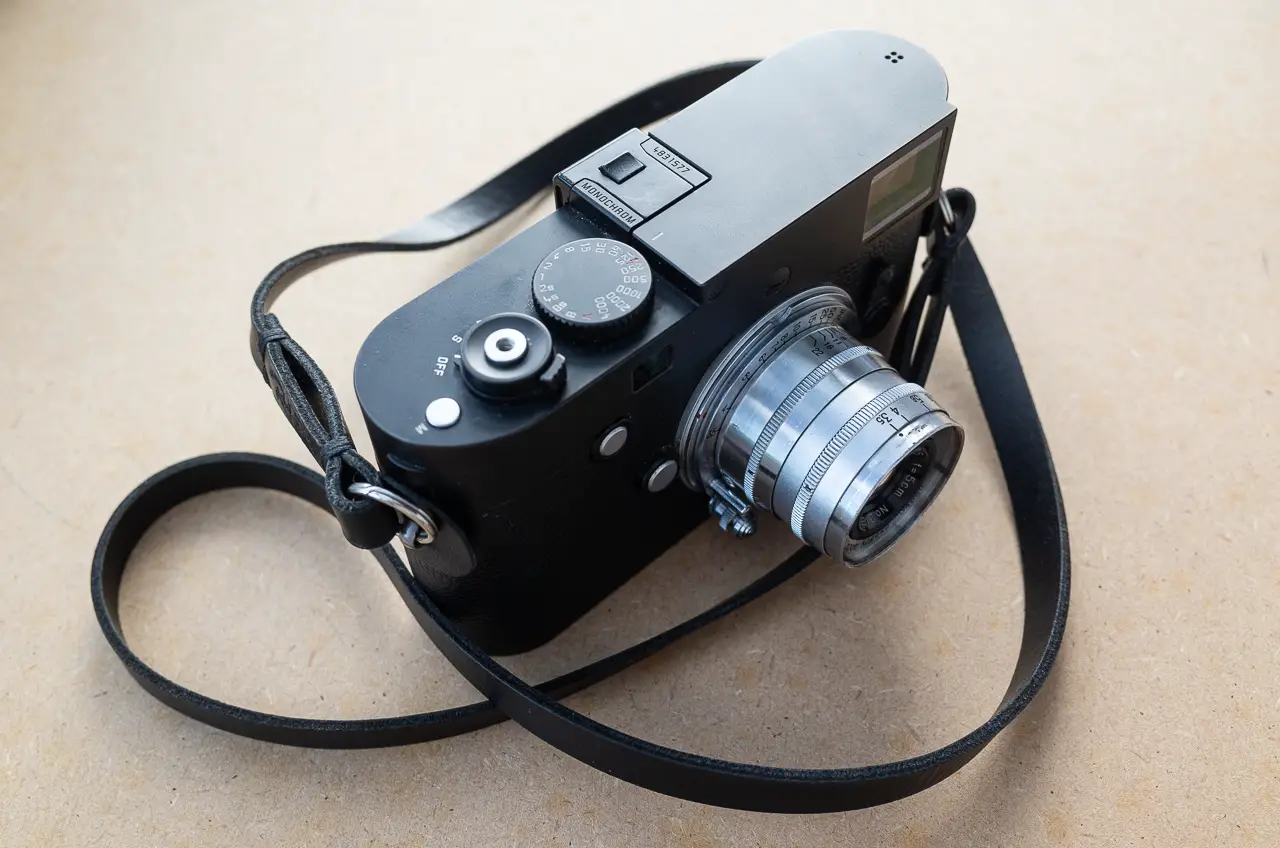
Filters and hood
Just like many other Nikkor lenses from that period, the Nikkor-Q.C 5cm f/3.5 takes 34.5mm filters. The filter thread on my copy looks pretty gnarly, when I recently sent this lens for CLA I asked them to perhaps look and see if anything could be done. If not, no biggie – I can always use the much easier to find Leitz A36 clamp-on filters. I only have two screw in filters that fit it anyway. I always assumed the thread was too damaged to work correctly and never thought to test this theory. Not sure if they did anything but today out of curiosity I tried putting a threaded filter on and to my surprise it screwed in just fine.
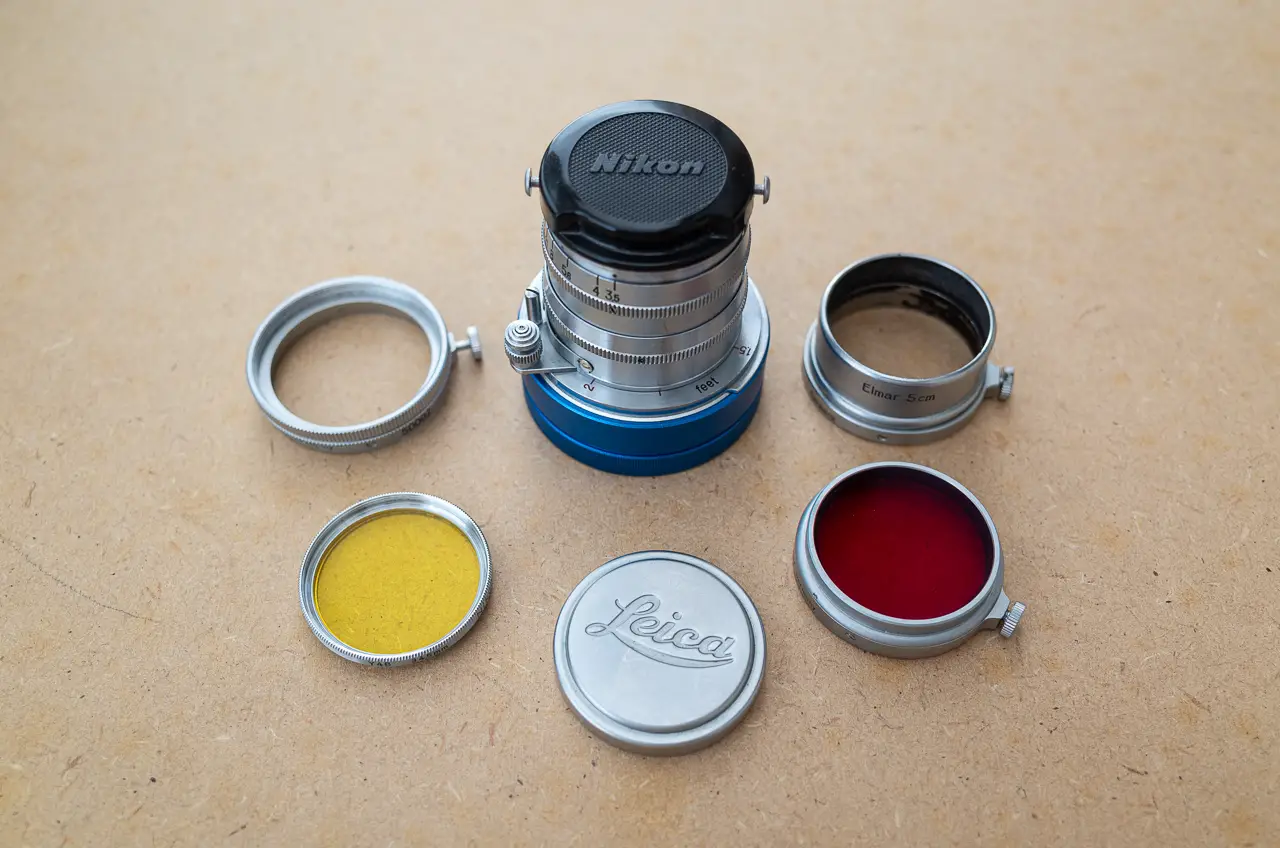
Besides the A36 filters, you can also use the SOOGZ A36 to 39mm adapter, the hood for the 5cm Elmar, and the slip-on Leica metal cap. Slip-on accessories will cover the dot indicating the currently selected aperture but you can always align the dot with one of the screws of the filter or hood and use that as an indicator. The mouth of the Nikkor-Q.C 5cm f/3.5 doesn’t rotate so you can use graduated filters without issues.
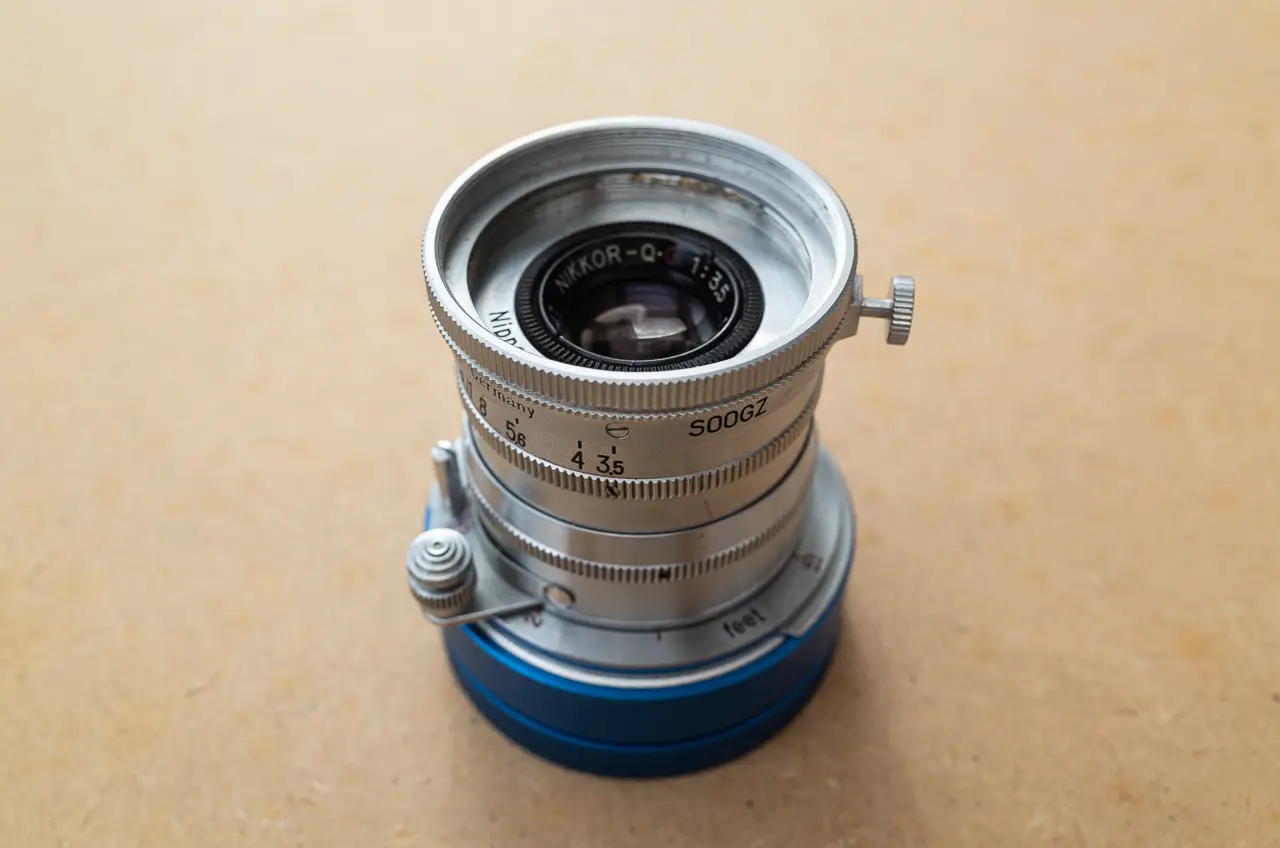
Image quality
Disclaimer: I don’t take test shots, I base my impression entirely on my outings with the lens and simply taking photos with it. That said, in this case I felt tempted to mount it on a tripod, put the EVF on, and see what it can actually do. But I resisted.
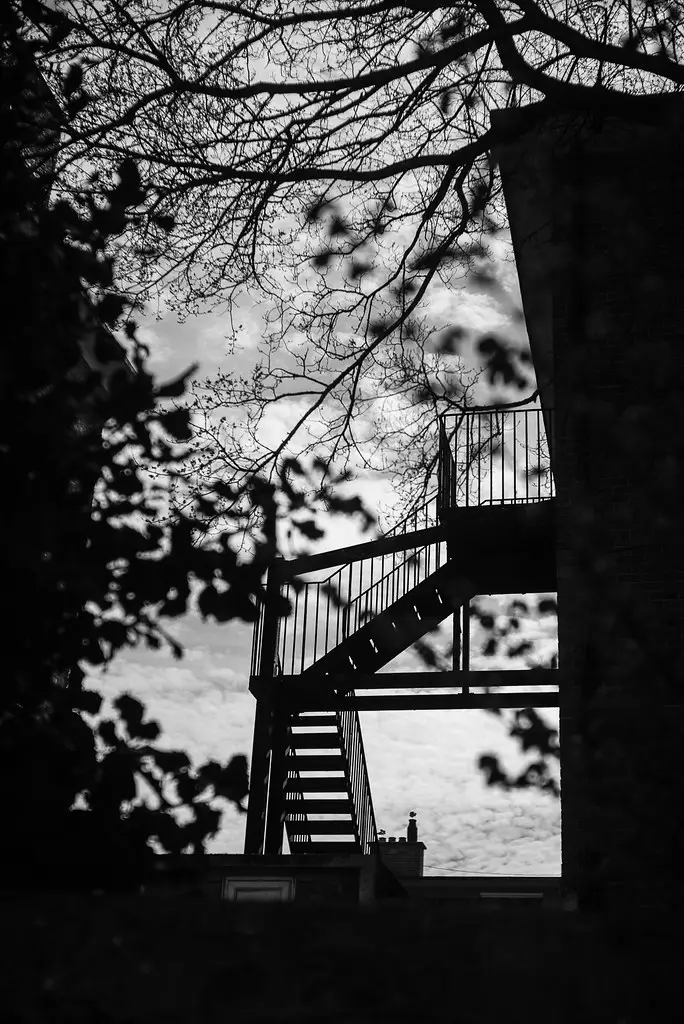
When I initially got the Nikkor-Q.C 5cm f/3.5, it arrived right before I was about to go out for a long walk. The sky was completely clear and the morning sun was bright so I thought it was going to be a good opportunity to use my Leitz Rm filter (medium deep red / infra-red) which is light enough to be shot hand-held. There was not much time to test it beforehand.
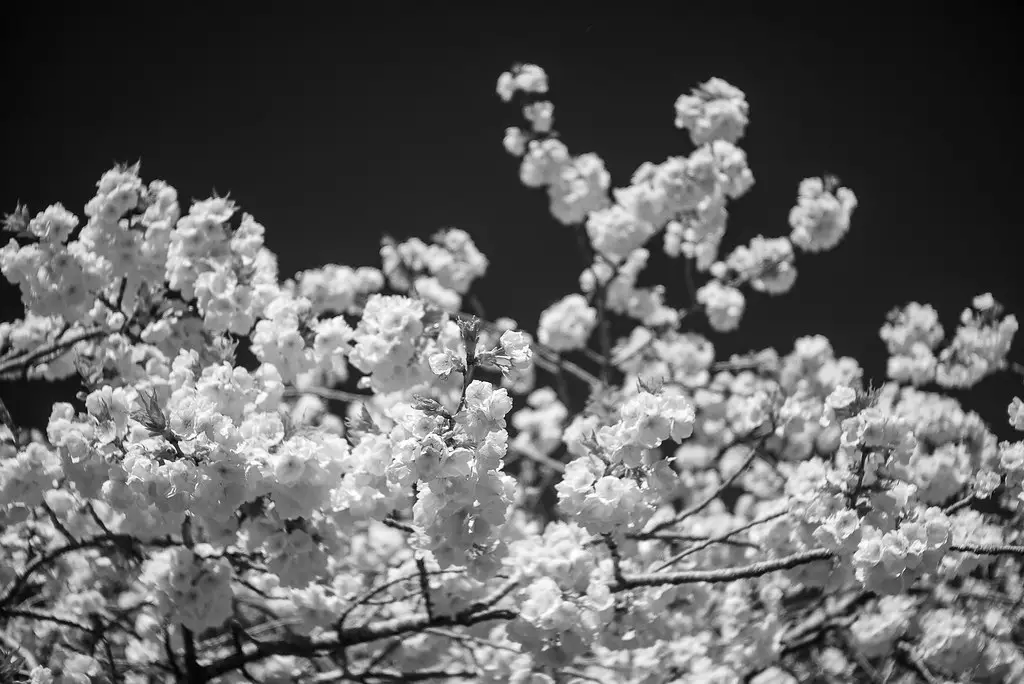
Images looked great on the LCD, full of stark contrasts, almost black skies, and intricate textures. But later in Lightroom they looked sort of soft. And not exactly like it was hit and miss (or just miss) because at no point did I go “Oh that’s where the focus is!” But the weird thing was I still loved how those images turned out.
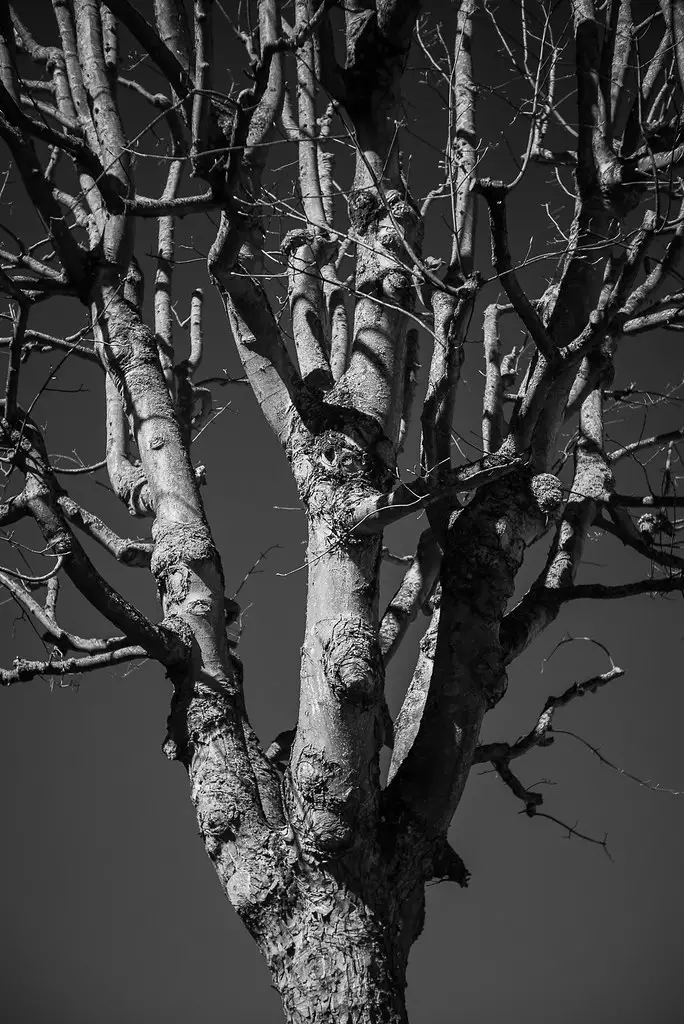
Next time I took it out for a spin I used a regular old red filter. And to my surprise the images came out sharper. Not cut yourself on them sharp but still decent for a vintage lens. Was it the filter at fault? Well, recently I sent it off to be cleaned because it developed a touch of fungus and haze. Once it came back I again shot it stopped down and wide open and it looked pretty soft. In the past months I’ve had the pleasure of shooting with some properly sharp lenses so maybe that’s it, the lens simply falls short by comparison. Or perhaps I just can’t come to grips with how to correctly focus it. My camera has always suffered from a bit of back-focus but I learned to focus slightly in front of the subject in order to compensate for it. It’s worked well enough, including with lenses much faster than f/3.5. Might be that it exhibits focus shift which might be different at various apertures and even at different distances. To determine this I’d have to perform some proper tests. But tests are really boring. So I just continue shooting it and love the images it produces.
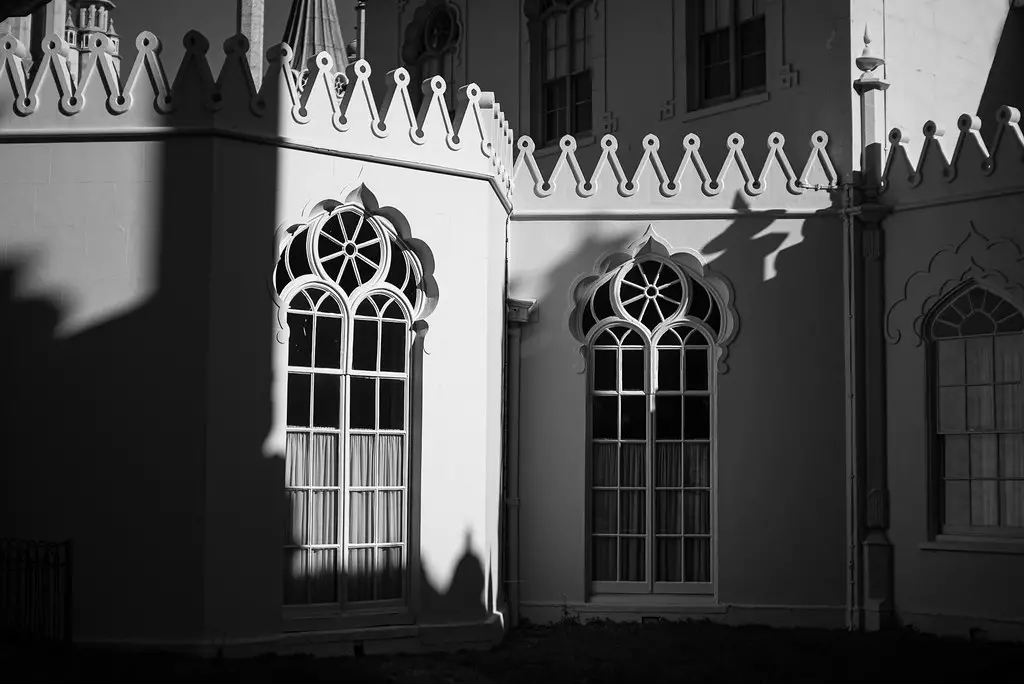
The sharpness isn’t the Nikkor-Q.C 5cm f/3.5’s only shortcoming. Despite the red C in the lens name indicating it’s coated, it also flares pretty badly and in a variety of ways. Sometimes it’s a crescent of blotchy rays, other times it’s an orb of light, on other occasions it’s this triangular spotlight cutting across the frame. And once again I can’t say I dislike it. It just adds to the unpredictable charm of this lens.
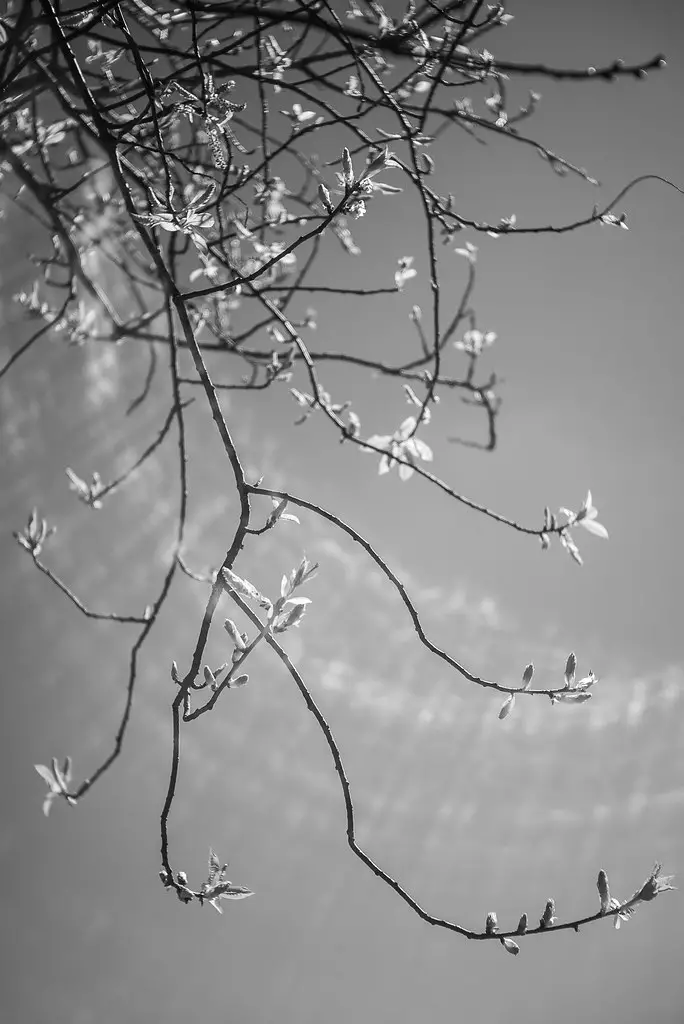
Despite issues with flaring, contrast is actually excellent. If it wasn’t for the contrast and micro-contrast the Nikkor-Q.C 5cm f/3.5 produces, the softness would be a lot more perceivable.
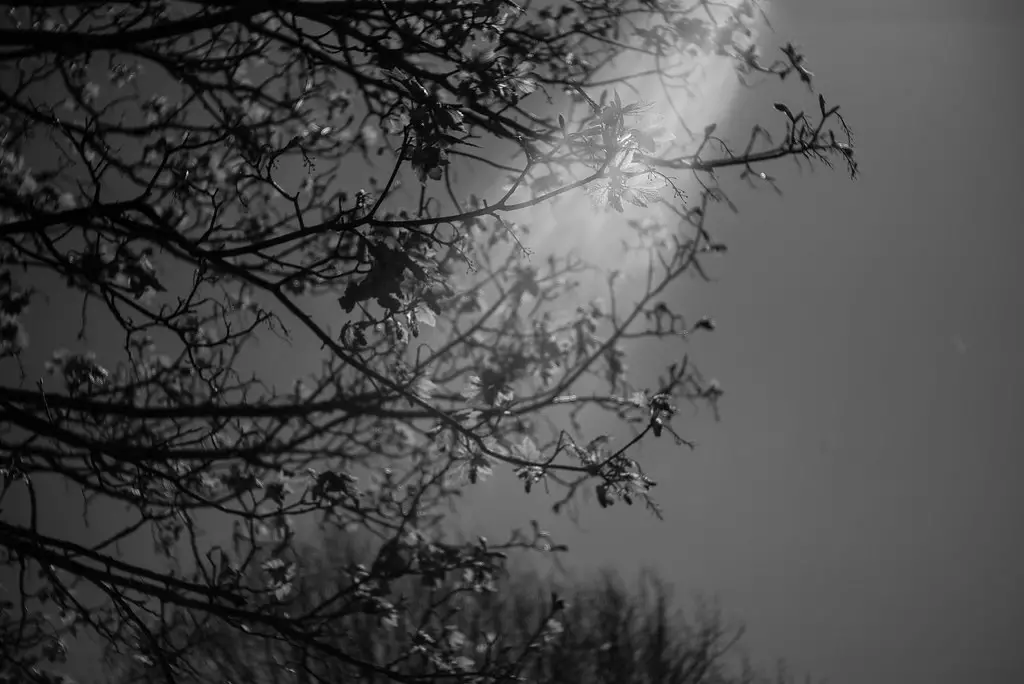
The bokeh is quite pleasant, not super smooth but also doesn’t overwhelm the image. It’s not very bubbly but it does seem to have a bit of a swirl. The vignette is visible but compliments the image quite nicely, especially a low-key one. I always thought a bit of vignette makes the composition look more deliberate as it minimises the impact of distracting elements on the edges of the image.
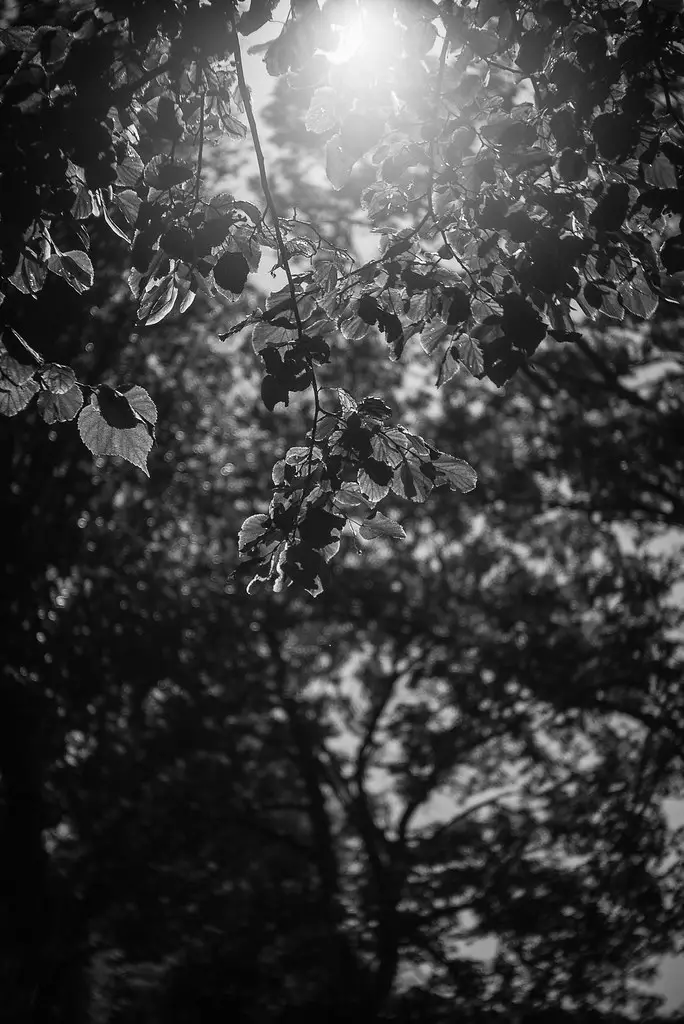
Distortion doesn’t appear to be immediately visible but not like I tested this with a ruler or anything. I do shoot quite a bit of architecture and never noticed issues with lines not staying straight.
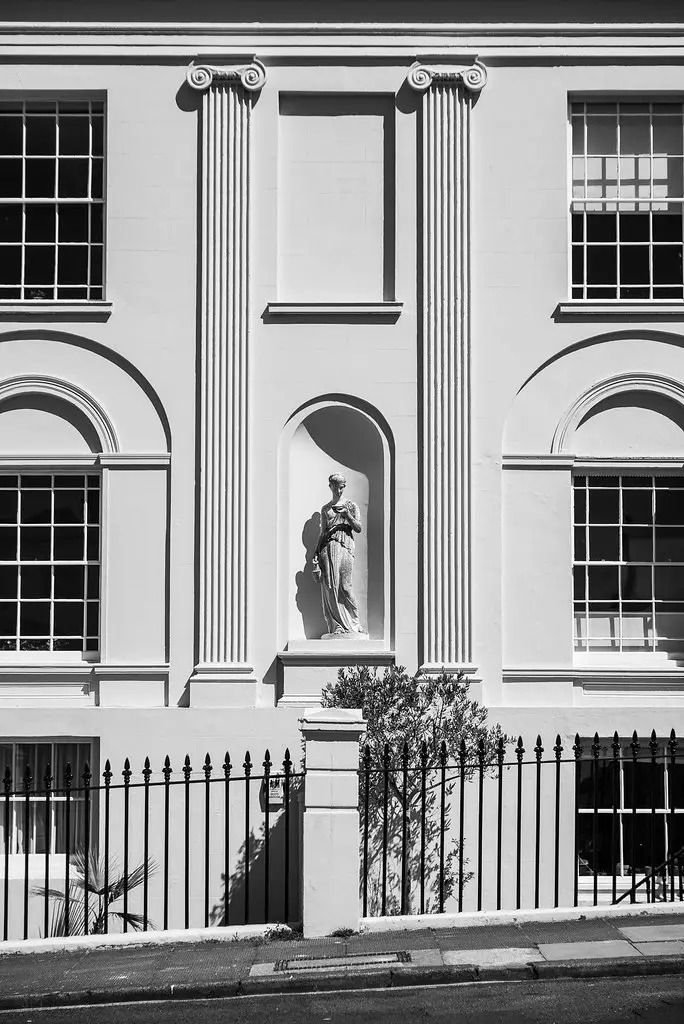
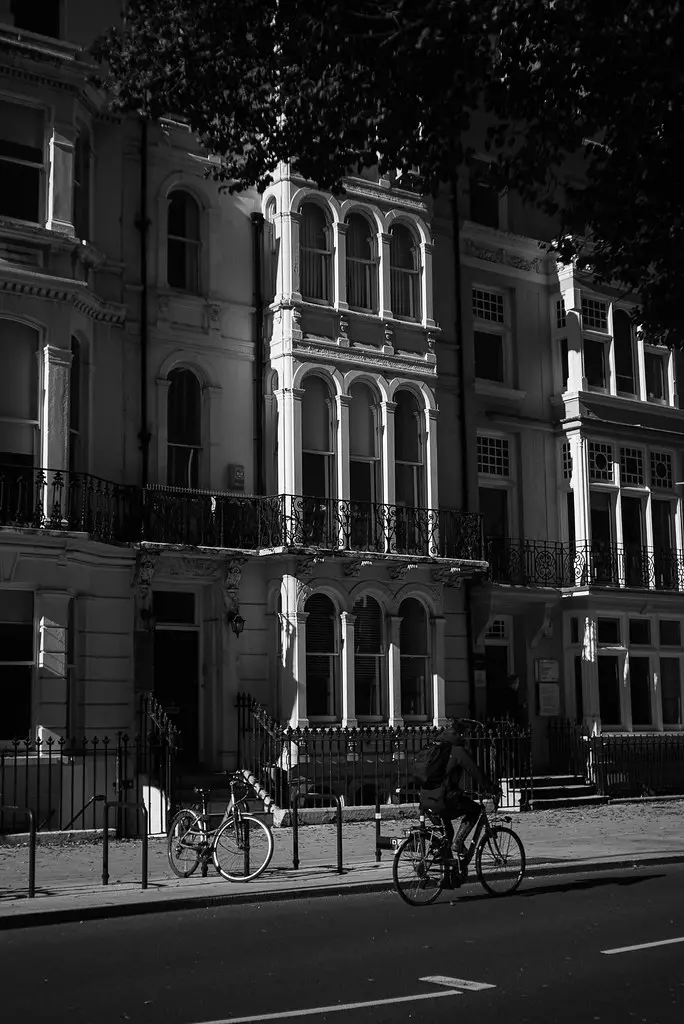
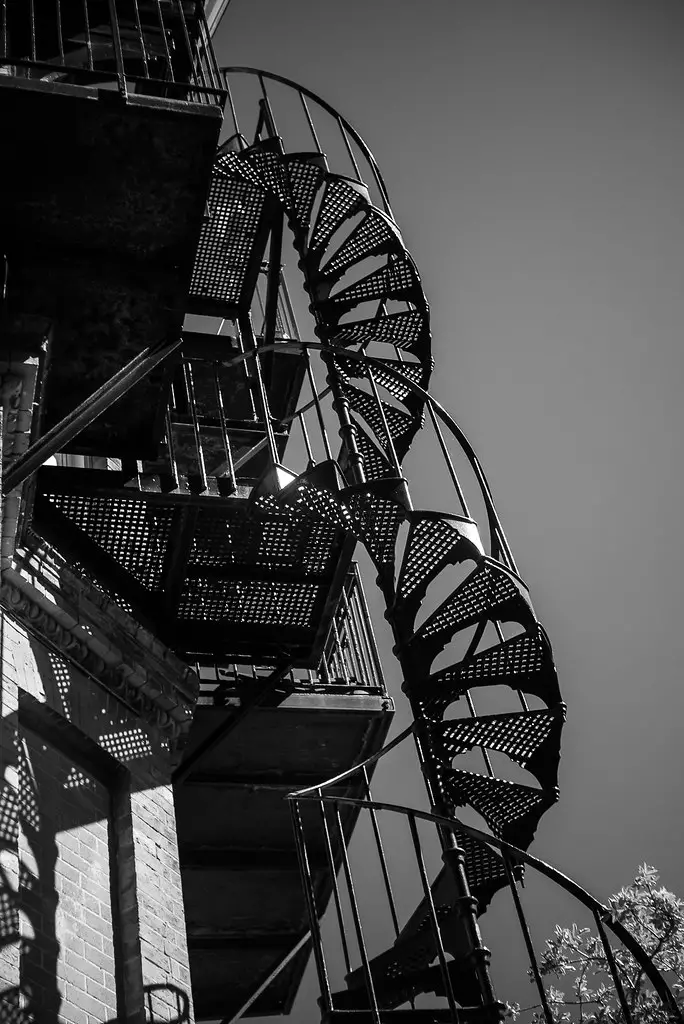
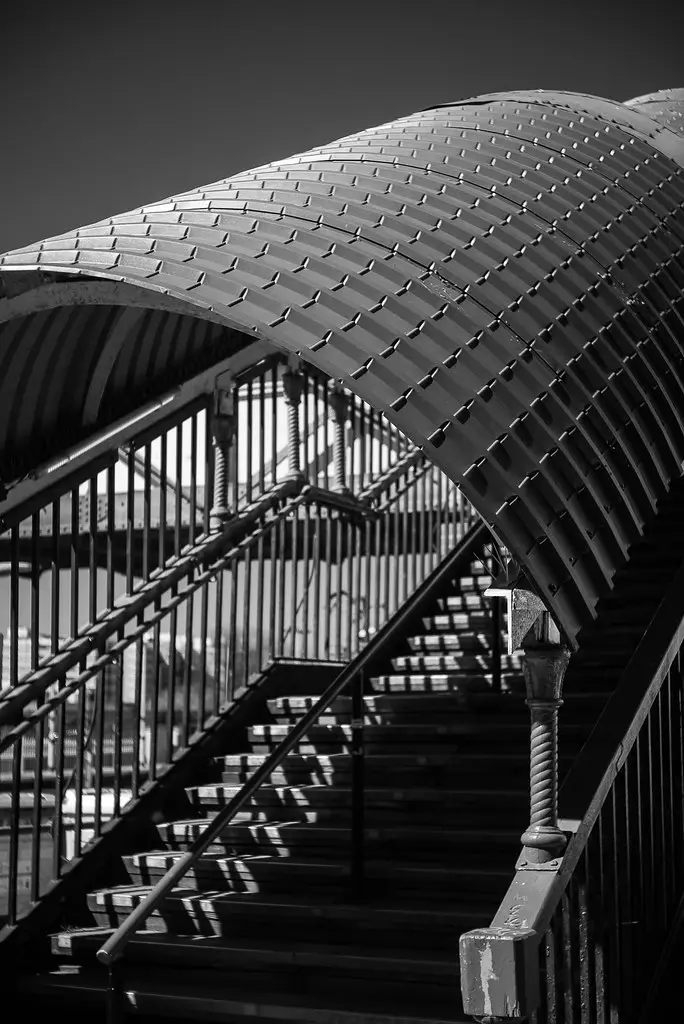
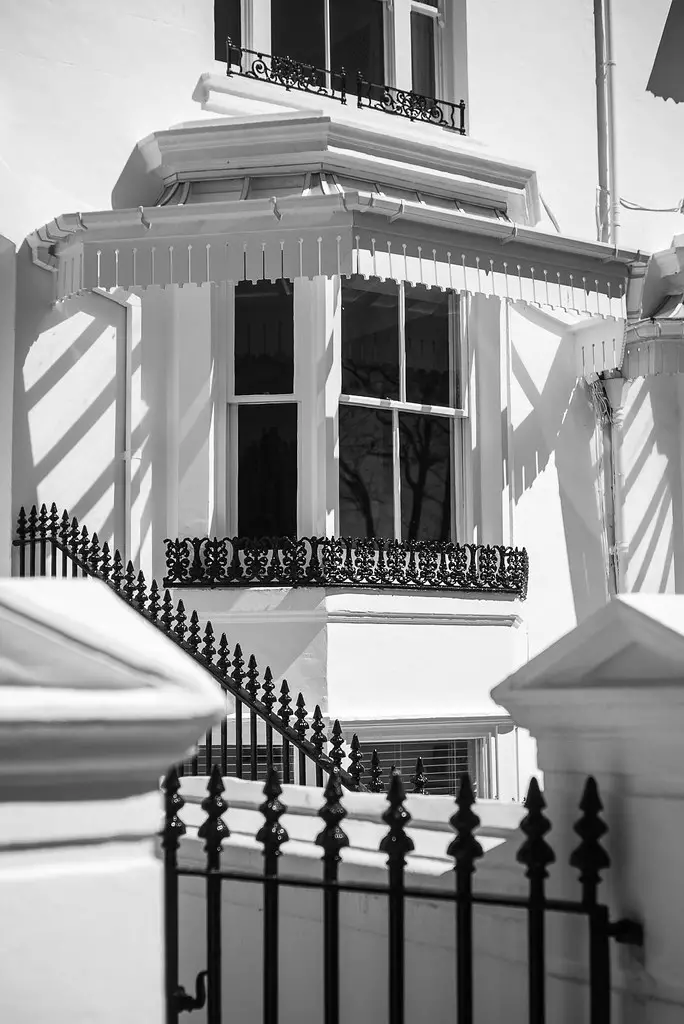
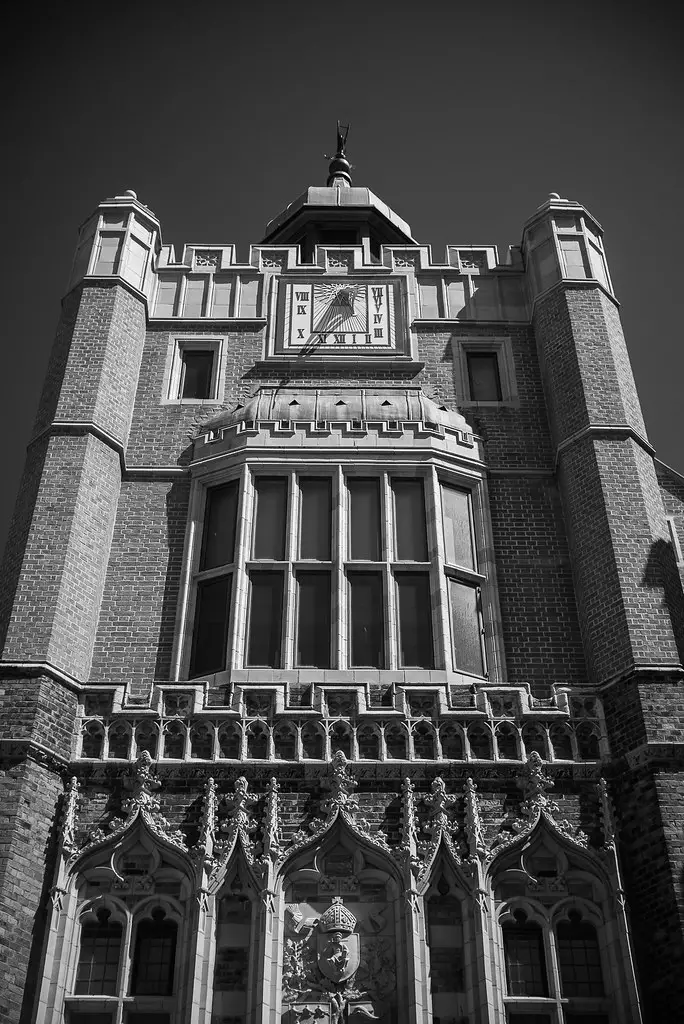
Final thoughts
Not being a professional reviewer, I get to write about the lenses that I find special and can disregard those that just don’t do it for me. The Nikkor-Q.C 5cm f/3.5 seemingly doesn’t have much going for it – it’s not fast, nor sharp, focusing is surprisingly troublesome, it’s not particularly small, and considering how common 50mm lenses for LTM are there’s probably a whole bunch of much better lenses out there. It’s not exactly a 50mm lens, but recently I picked up a Chiyoko Super Rokkor 45mm f/2.8 that’s objectively better and costs just about the same. It’s sharper, slightly faster, smaller, and overall much less of a headache. What saves the Nikkor-Q.C 5cm f/3.5 is excellent build quality, stunning contrast, and the fact it simply produces lovely images.
Share this post:
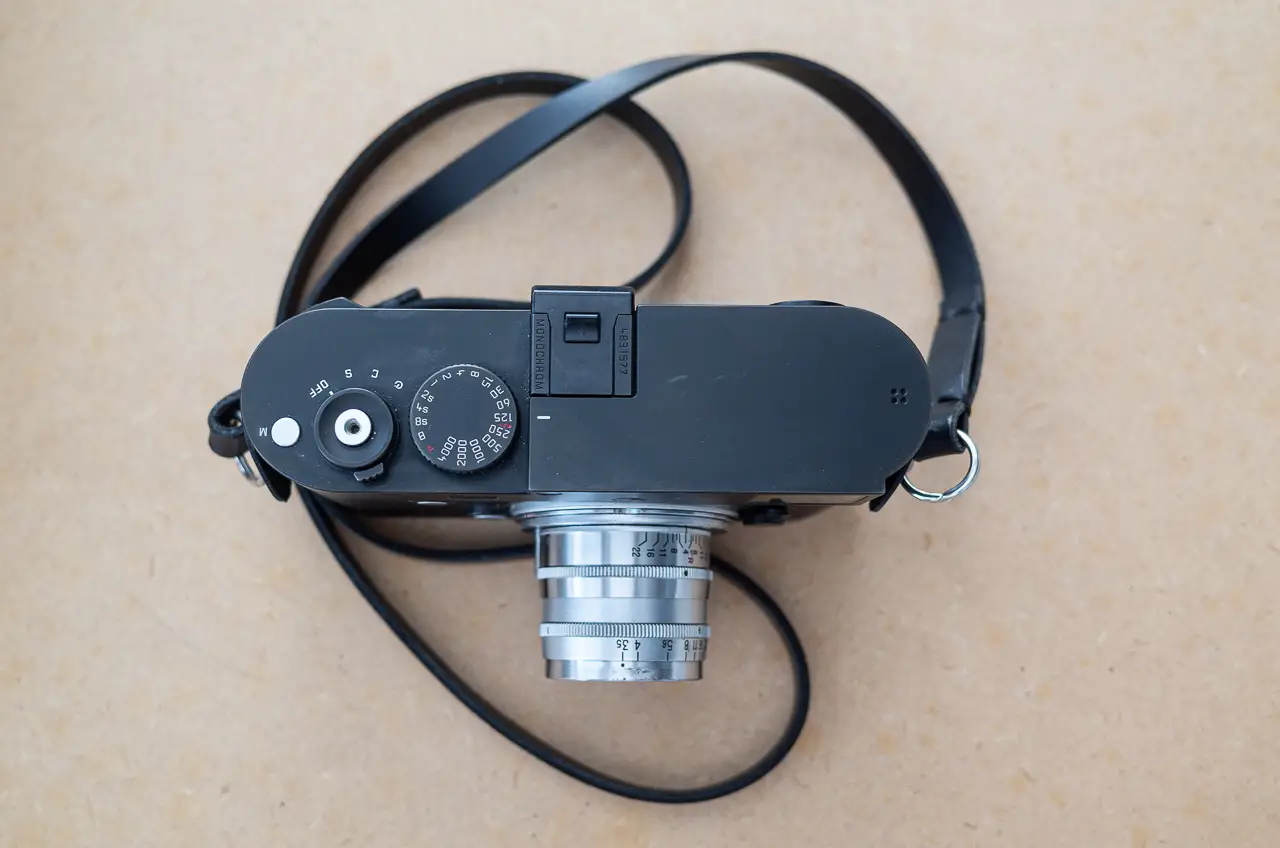








Comments
Jonathan Leavitt on Nikon (Nippon Kogaku) Nikkor-Q.C 5cm f/3.5 Review – An Odd Duck in the Sea of 50mm Lenses – By Agata Urbaniak
Comment posted: 23/11/2021
Comment posted: 23/11/2021
tommaso on Nikon (Nippon Kogaku) Nikkor-Q.C 5cm f/3.5 Review – An Odd Duck in the Sea of 50mm Lenses – By Agata Urbaniak
Comment posted: 23/11/2021
ianball on Nikon (Nippon Kogaku) Nikkor-Q.C 5cm f/3.5 Review – An Odd Duck in the Sea of 50mm Lenses – By Agata Urbaniak
Comment posted: 23/11/2021
Gil Aegerter on Nikon (Nippon Kogaku) Nikkor-Q.C 5cm f/3.5 Review – An Odd Duck in the Sea of 50mm Lenses – By Agata Urbaniak
Comment posted: 23/11/2021
Harry Machold on Nikon (Nippon Kogaku) Nikkor-Q.C 5cm f/3.5 Review – An Odd Duck in the Sea of 50mm Lenses – By Agata Urbaniak
Comment posted: 23/11/2021
And I like your pictures here; all of them actually.
In specific I fall for the one called "Bokeh and lens flare", to me a very expressive image.
This image reflects to me what we see actually when taking the picture.
This is how our eyes work, with all of the shortcomings we are suffering from; from birth to the last moment
We don´t see what a 100 MP sensor and an over corrected lens might suggest; even more pushed up by any "after processing", as a sure guide away from reality.
I worked for Leica Austria two times for some years where I took care of some high end customers.
I had one who was chasing for razor sharp images.
To the point that I was asking him one day whether he took pictures from reality or for surgery...
I find this to be an excellent lens, performing best and in my old fashioned way of photography.
Enough...
And please, I am asking for more of those reviews.
Harry Machold, from Baden near Vienna
Alexander Seidler on Nikon (Nippon Kogaku) Nikkor-Q.C 5cm f/3.5 Review – An Odd Duck in the Sea of 50mm Lenses – By Agata Urbaniak
Comment posted: 24/11/2021
GM on Nikon (Nippon Kogaku) Nikkor-Q.C 5cm f/3.5 Review – An Odd Duck in the Sea of 50mm Lenses – By Agata Urbaniak
Comment posted: 25/11/2021
Comment posted: 25/11/2021
Aley Burge on Nikon (Nippon Kogaku) Nikkor-Q.C 5cm f/3.5 Review – An Odd Duck in the Sea of 50mm Lenses – By Agata Urbaniak
Comment posted: 05/02/2022
Comment posted: 05/02/2022